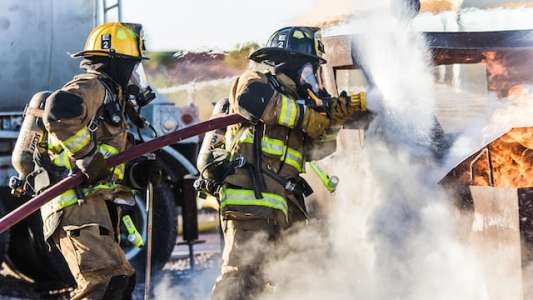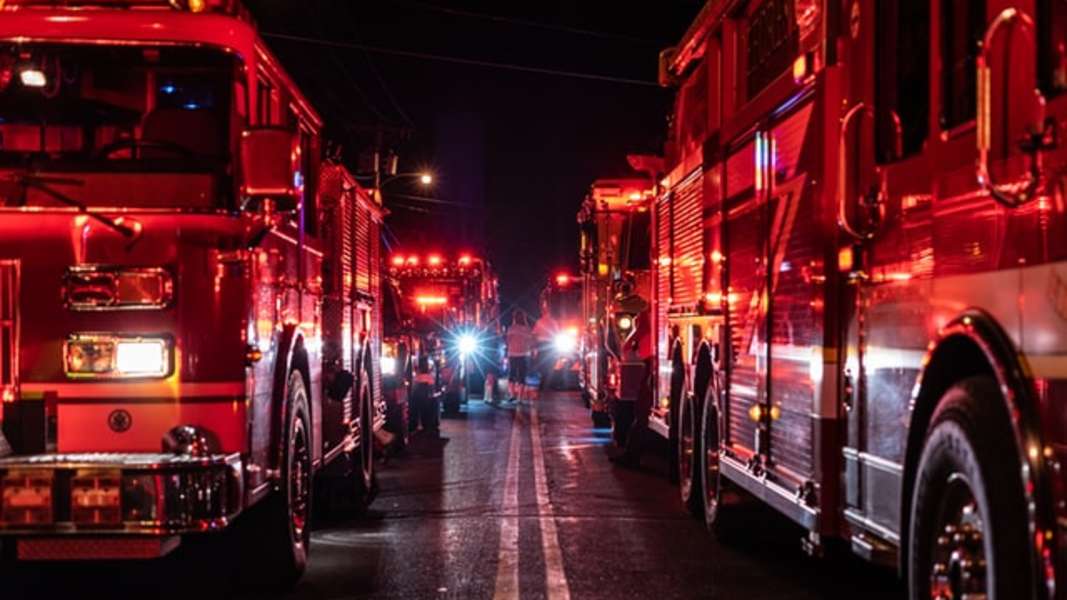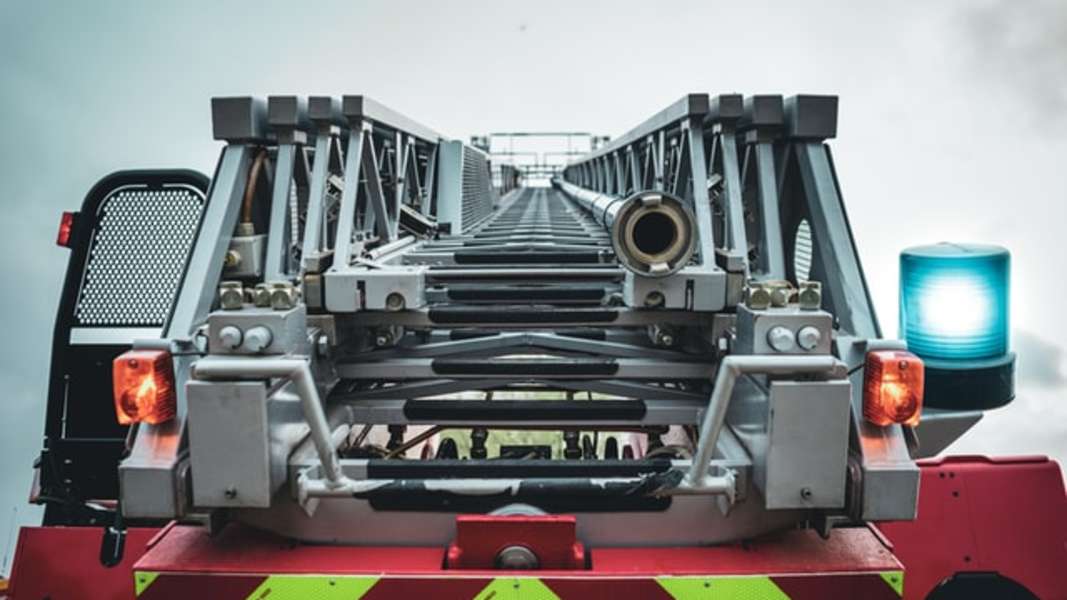What is a Firefighter Mechanical Reasoning Test?
If you are applying for a role as a firefighter, you will be required to complete a firefighter mechanical reasoning test. The firefighter mechanical reasoning test evaluates your mechanical abilities as relevant to the requirements of a firefighter.
In this test, you will be assessed on your knowledge and ability required to be an effective firefighter, and how you use your understanding in a practical working environment.
The test includes questions that assess your understanding of the workings and operation of equipment used by firefighters in their role.
The assessment also evaluates your mechanical reasoning abilities, such as understanding basic physics concepts like force, motion, or how levers or pulleys work.
Questions may also be asked on electronics-related principles, such as electrical circuits.
The test may also include an assessment of your numerical, logical and verbal reasoning ability based on the job level and requirements.
Why do Fire Departments use Mechanical Reasoning Tests?
The role of a firefighter requires individuals to have specific skills and abilities, one of these being a strong aptitude for mechanical reasoning.
Incorporating a mechanical reasoning test into the recruitment process for firefighters allows fire departments to objectively assess each candidate in their applicant pool on their level of mechanical reasoning ability.
To carry out their role effectively, firefighters must know how the equipment they use daily works. For example, how a belt and pulley system operates or how objects and systems work together and interact to perform a specific function.
As a firefighter, you may need to determine the volume of a structure, use equipment when dealing with vehicles, or calculate whether the equipment you have can cope with the load being lifted.
Ensuring that individuals demonstrate the mechanical reasoning ability by assessing their practical knowledge of fluid mechanics, interpretation, force, and spatial visualization means that fire departments can recruit only those with the skills they need to perform the role.
Test Format
The firefighting test is taken at a designated on-site test center. Some fire departments may also have the facility for individuals to sit the test.
The test is a timed assessment that generally comprises over 100 questions. Each question takes 1 - 3 minutes, meaning the full assessment can take many hours to complete.
Topics covered in the test can include:
- Electrical circuits
- Fluid dynamics
- Force
- Mechanical advantage
- Motion
- Pressure
- Kinetic energy
- Momentum
- Heat transfer
- Temperature
Questions are typically presented as diagrams or statements, followed by multiple choice answers. Or, answers may show various types of equipment, with the question asking individuals to select which piece of equipment is the most suitable to use in a given situation.
Candidates need to use their understanding of the assessed principle to determine which of the multiple choice answers is correct.
Given the number of questions, the focus of the test is to ensure you complete as many questions as you can correctly, rather than completing the whole test.
Example Questions
There are a variety of different questions that can be used in the firefighter mechanical reasoning test. Below are some examples of questions and principles you may encounter when completing the test.
Example question 1:
If two cogwheels are rotating, one with 40 prongs and one with 20 prongs, how many full revolutions would the smaller cogwheel have completed if the larger cog completed 18 revolutions?
A: 38.5
B: 36
C: 38
D: 36.
Answer = B (36).
The smaller cogwheel rotates 2 x as fast as the larger cog wheel as there are twice as many prongs on the larger cog. So, the smaller cogwheel will rotate 2 x 18 times = 36.
Example question 2:
You use many different types of machinery in your role as a firefighter. The amplification of the load attained when using a specific machine, tool, or piece of equipment is defined as the mechanical advantage.
If lifting a 300-pound structure (load) requires using a piece of equipment that needs a 150-pound force (effort), what is the mechanical advantage of the equipment being used?
A: 20
B: 2
C: 1.5
D: 10
Answer = B (2)
Using the formula of mechanical advantage = Load / Effort
300 (load)/150 effort = 2
Tips to prepare for Firefighter Mechanical Reasoning Tests
While the firefighting test may at first seem daunting, there are many things that you can do to ensure you perform well and to the best of your ability in the test.
Practice
It is essential to ensure that you practice mechanical reasoning assessments before taking the test itself. Practicing helps you become familiar with the style and the format of questions. It also means you become familiar with how you react under pressure.
Refresh your memory of mechanical concepts and principles
The firefighter mechanical reasoning test assesses your understanding and practical application of mechanical principles and concepts.
Before taking the test, ensure you have reviewed and refreshed your knowledge of the principles of how levers and pulleys work, force, and motion, and how you can use these principles to answer the questions.
Ensure you are well rested
Make sure you get a good night’s sleep the night before. Ensure you have eaten and are well hydrated. Doing so means you can entirely focus on the questions in the test and perform to the best of your ability.
Create a study timetable
The firefighter mechanical reasoning test evaluates knowledge and ability in several areas. To ensure you have adequate time to review each of these concepts as part of your test preparation, create a study timetable remembering to factor in any outside commitments.
This also allows you to set aside adequate time to fully prepare for the test rather than leaving your preparation to the last minute.
Simulate test conditions
When practicing tests, make sure you simulate the test environment. This means practicing under timed conditions in a room that is quiet and free from distractions.
Doing so means you can see how you react in a pressured environment allowing you to work out strategies you can apply to keep calm when it comes to taking the test itself.



